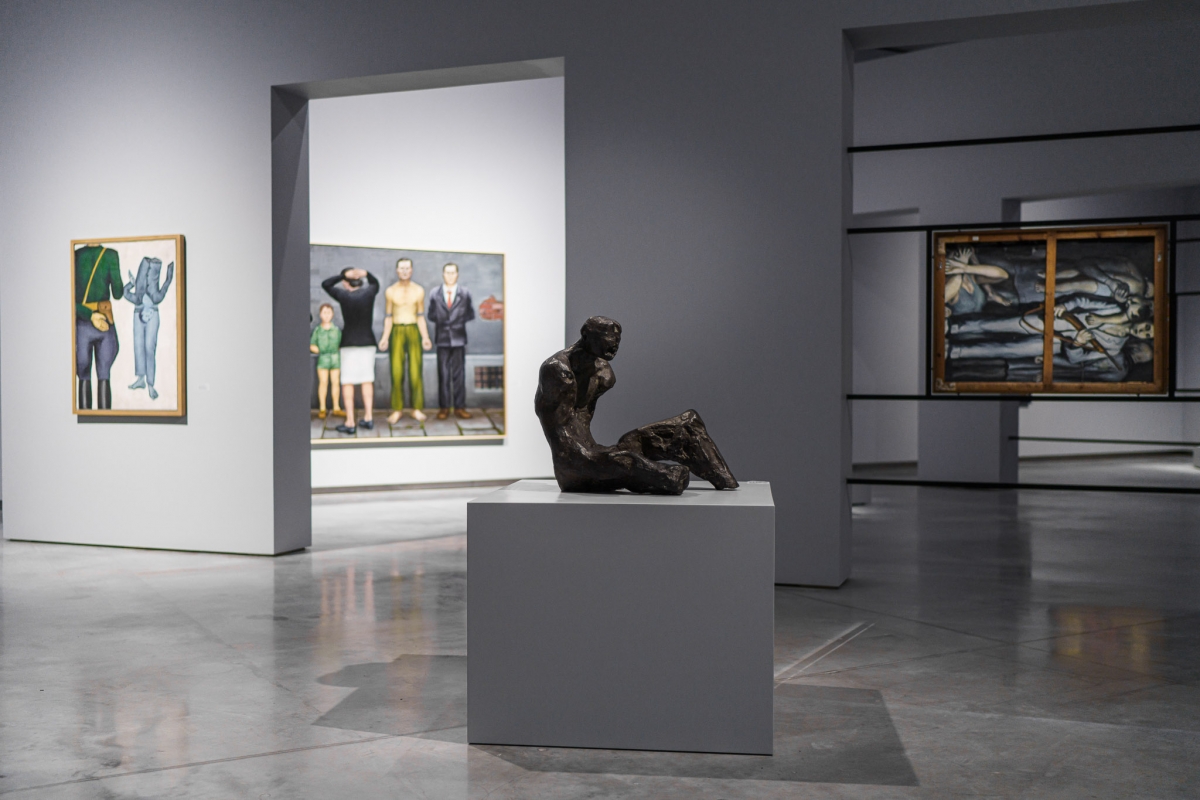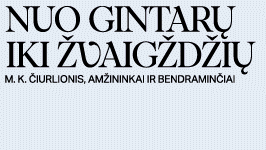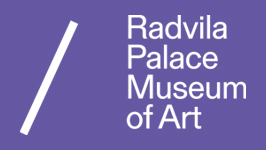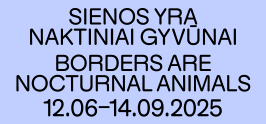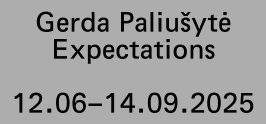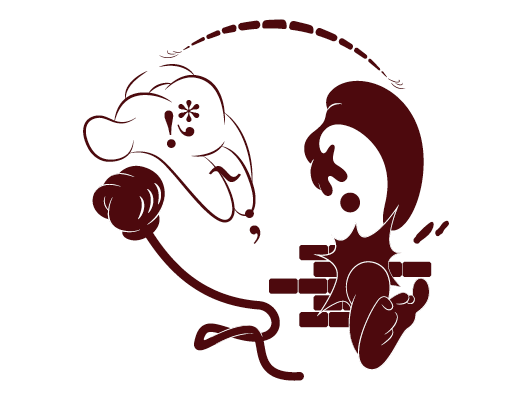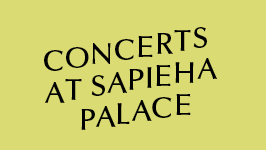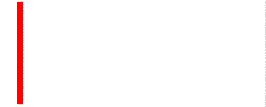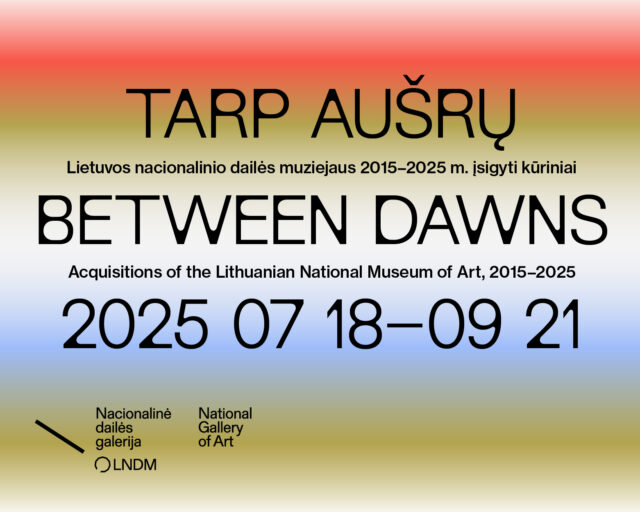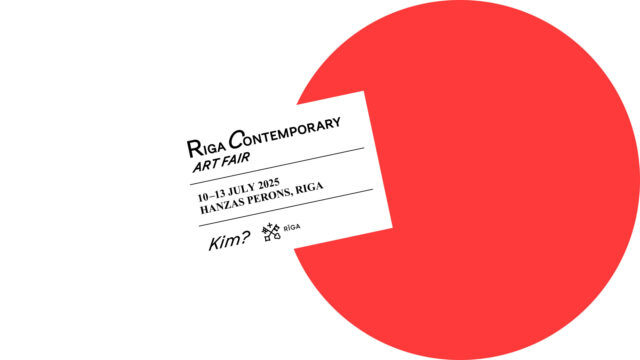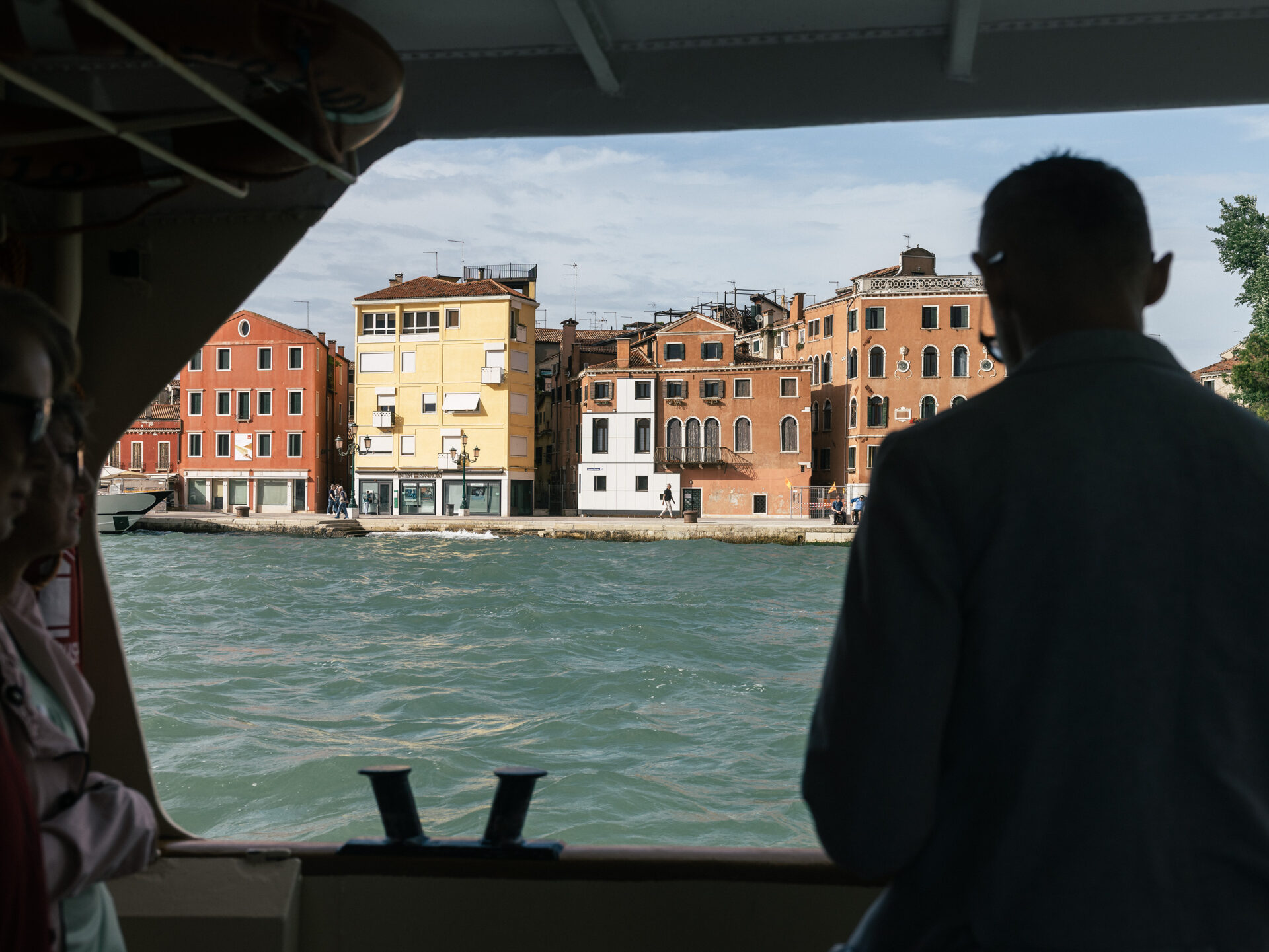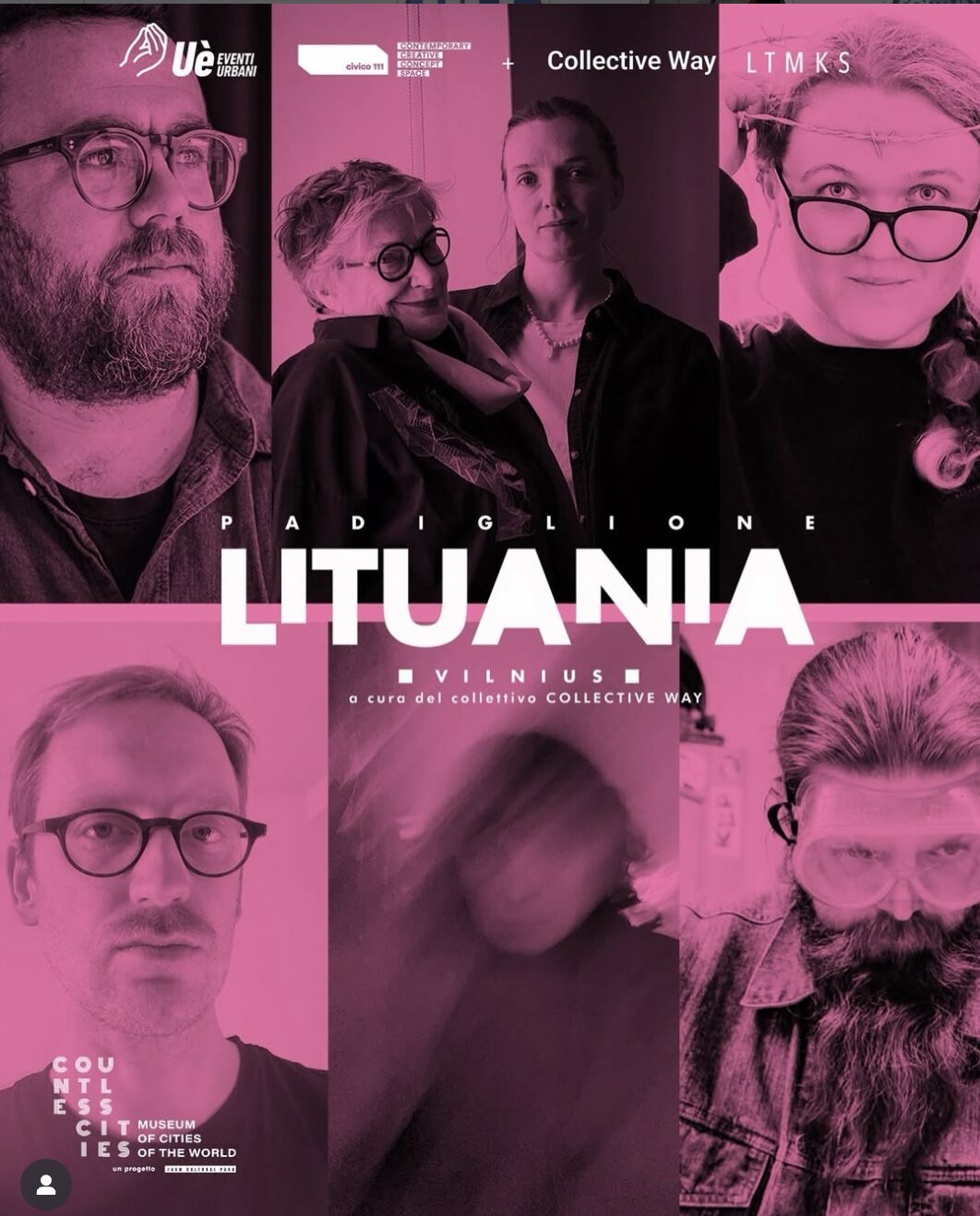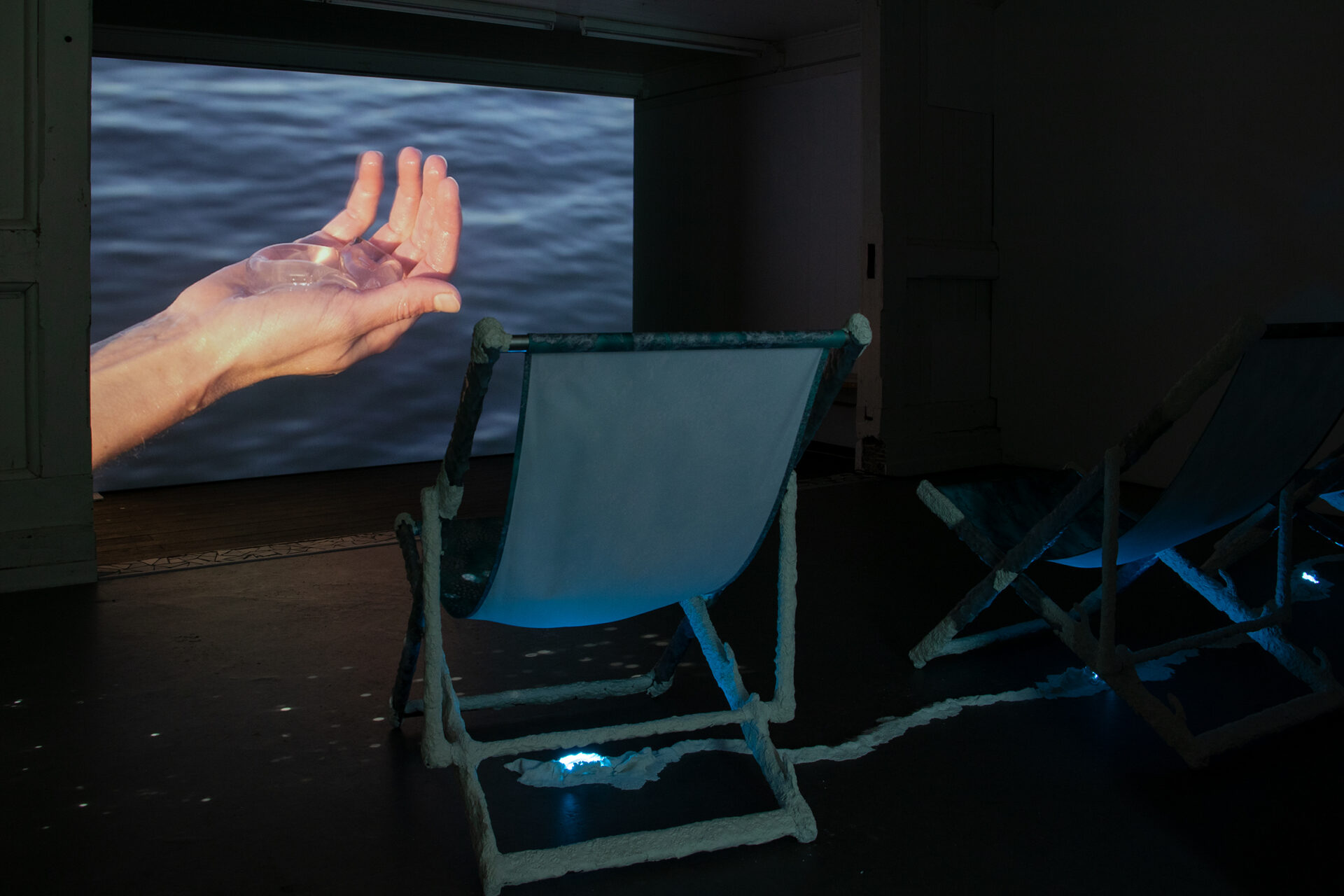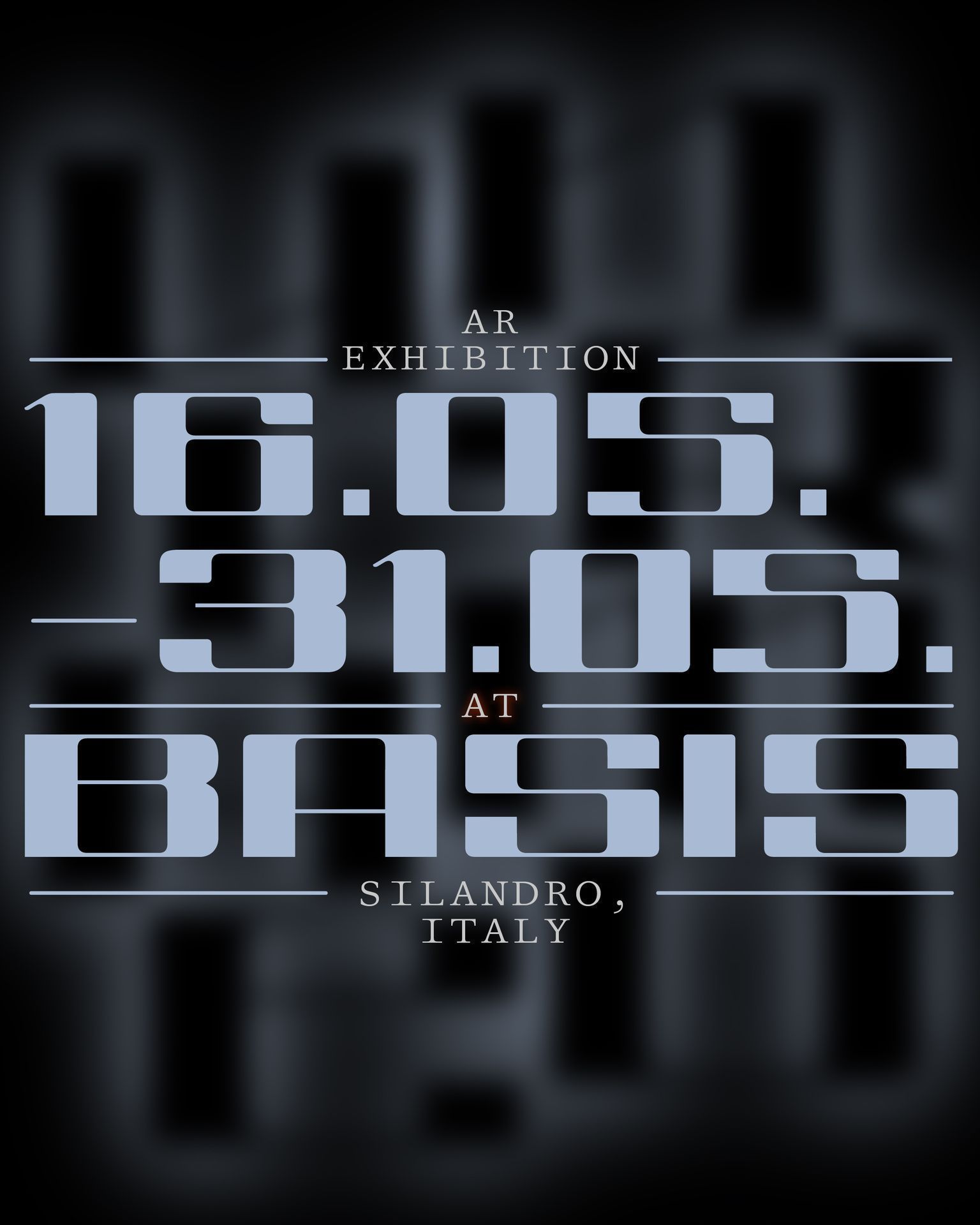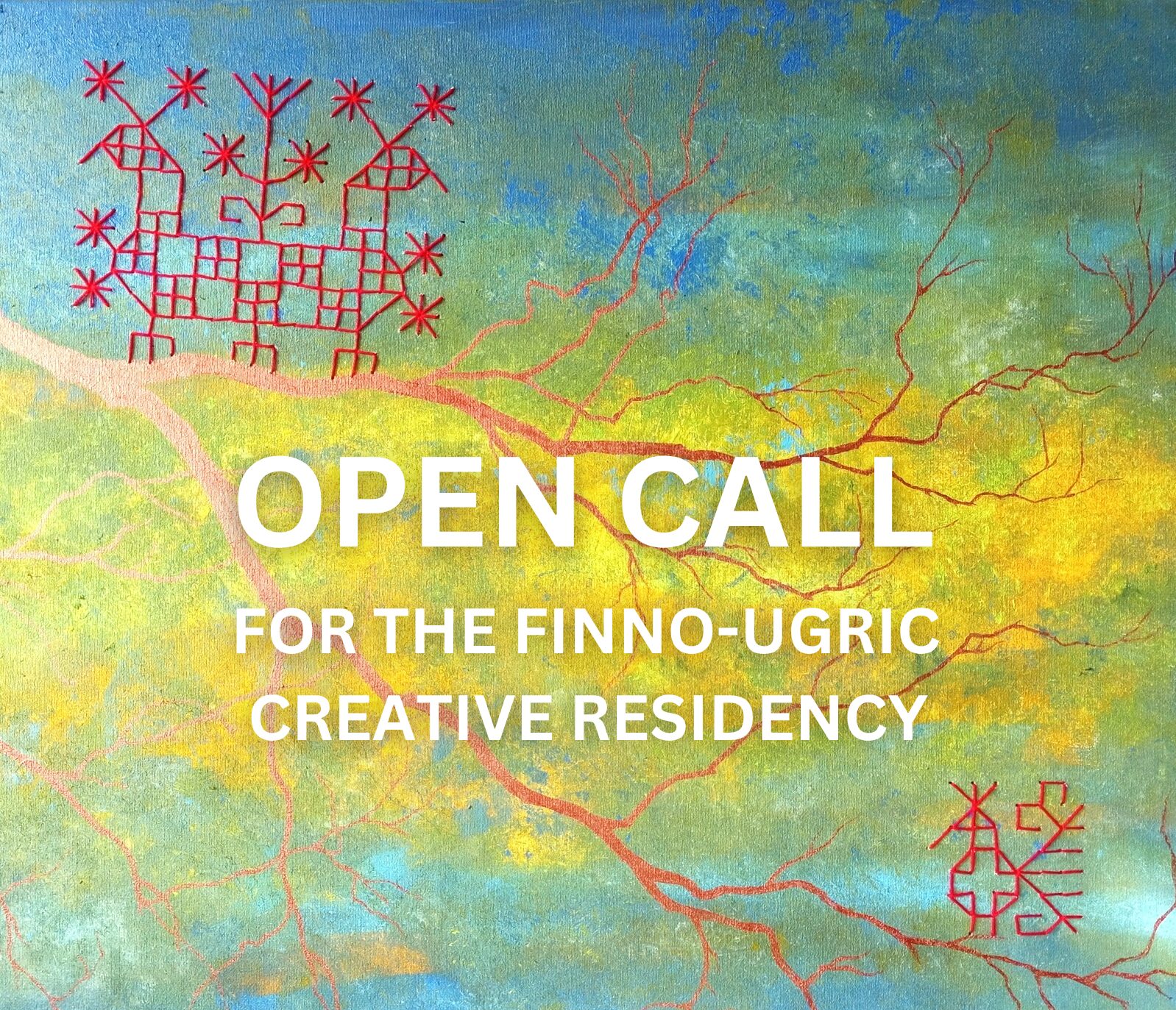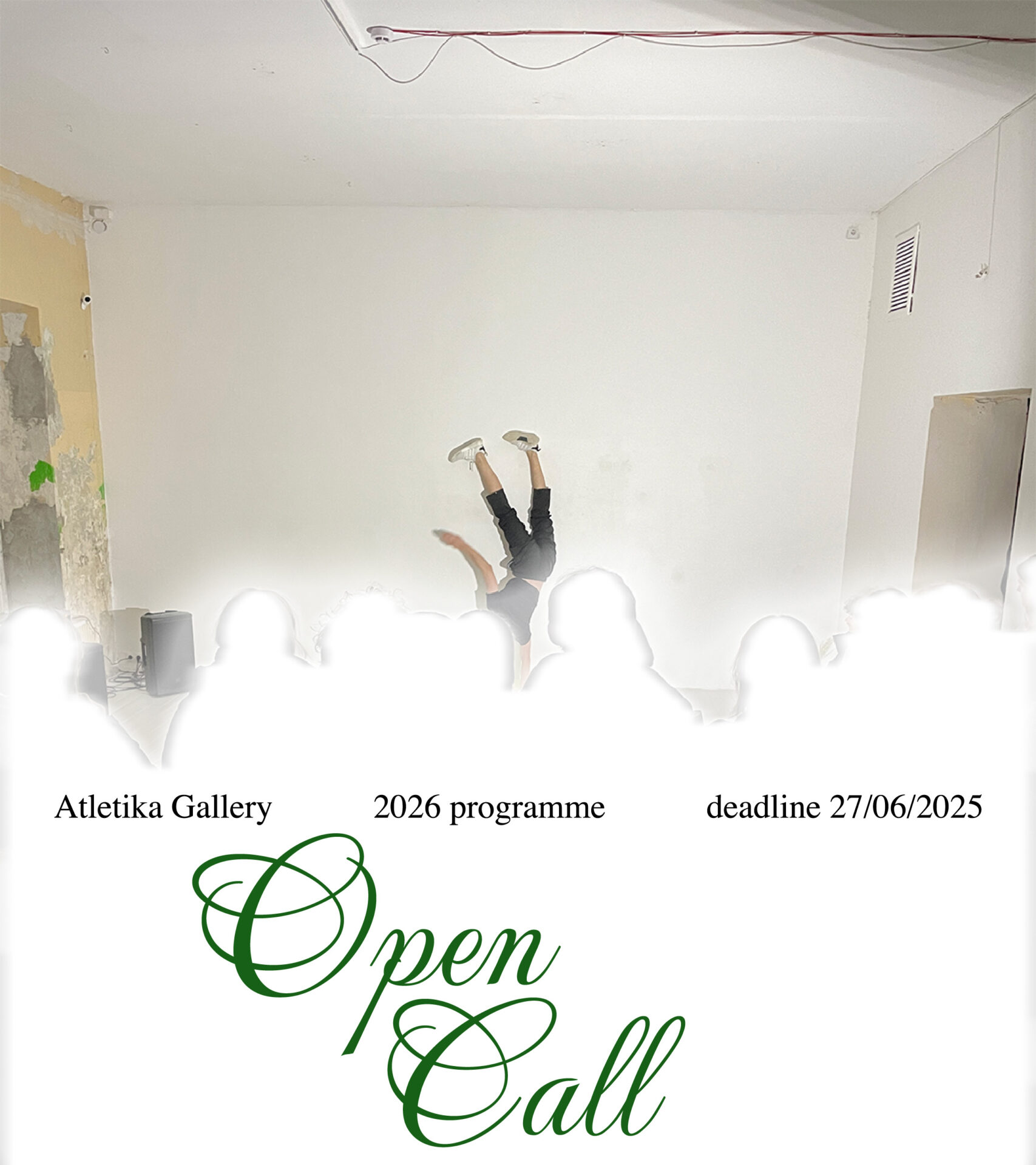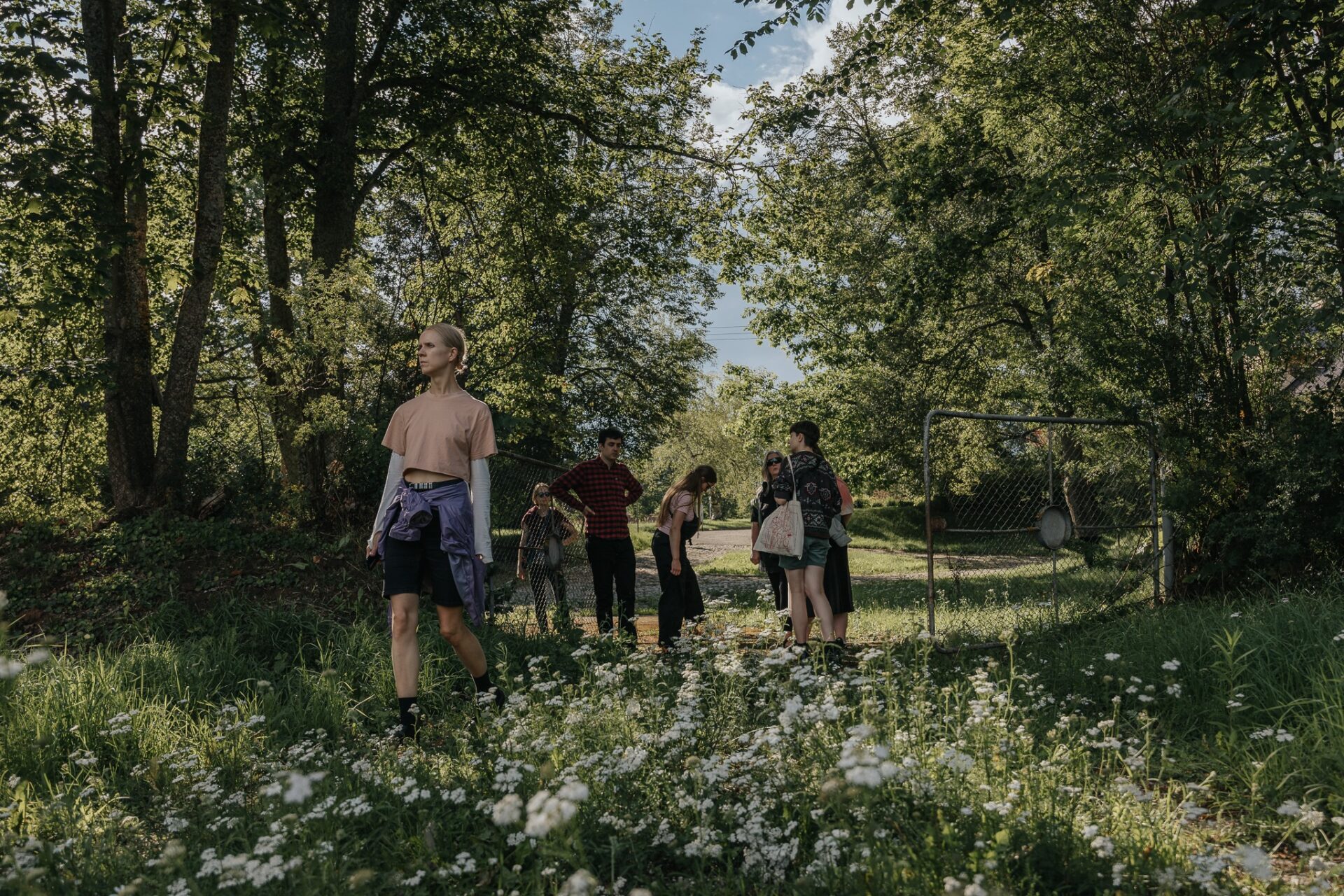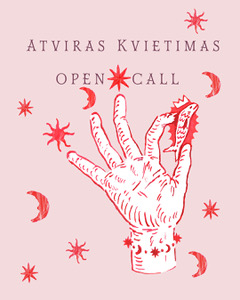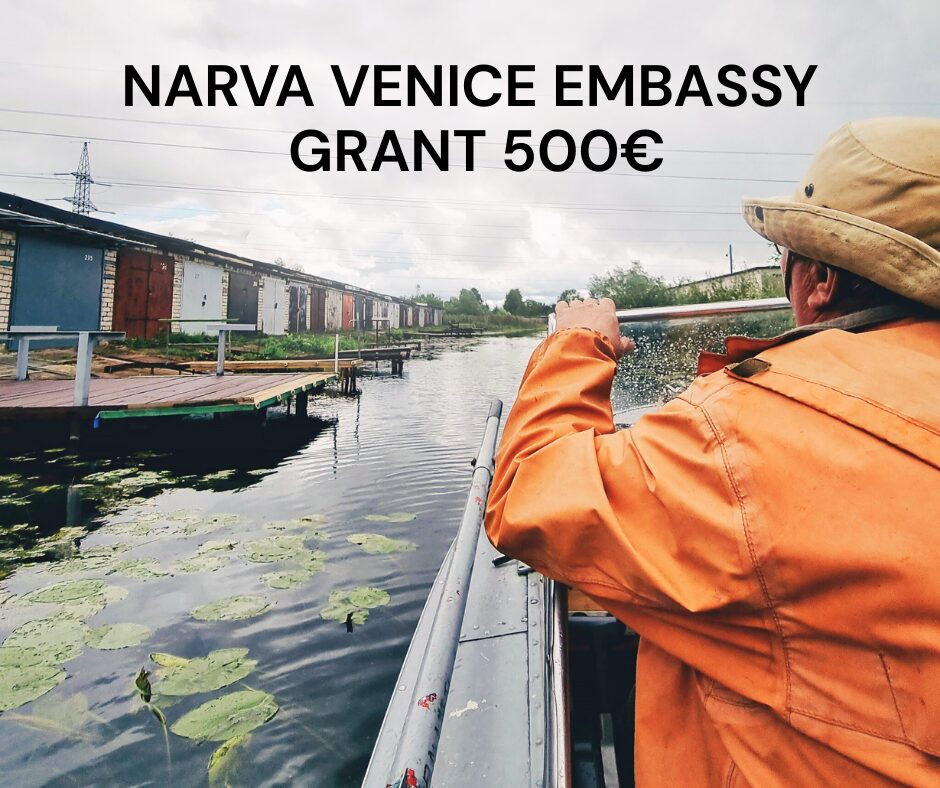Time has a similar quality to the legendary lakes which float in the sky and only land when we guess their names, as is told in old fables. If the time is not defined, there are no words that can change its course: it flows without stopping, and it does not cure, bond or destroy anything on its own. It is we who become fluid or rigid as we act in time and through it; we gain or lose our stance, and our ability to evaluate. We could claim that similar processes are happening at the MO Museum’s great exhibition ‘A Difficult Age. Szapocznikow–Wajda–Wróblewski’. The name of the devastating epoch is reiterated, while the museum itself briefly changes direction. This time, MO is waiving its usual tactic of filling an exhibition space densely with works from its own collection, and has mounted an esteemed, exhibition of three 20th-century artists from a neighbouring country that demands serious contemplation.
Curated by the Polish art critic Anda Rottenberg, the exhibition has already been shown in a number of institutions, not unlike a lake drifting in the sky. The version presented in Lithuania was based on the exhibition ‘Perspective of Adolescence. Szapocznikow–Wróblewski–Wajda’ at the Silesian Museum in Katowice in 2018. At the centre of the exhibition are works by three Polish postwar artists: the film director Andrzej Wajda (1926–2016), the sculptor Alina Szapocznikow (1926–1973), and the painter Andrzej Wróblewski (1927–1957). It reflects on the difficult years of their youth, and their maturity during the Second World War. More than 120 works have been brought to Vilnius from five different countries, but some other pieces have been left out. Although the preparation during the global pandemic was difficult, it seems that in Lithuania, unlike in Poland, the effect of the exhibition is multiplied many times over. Perhaps this is because the artists are presented as coming from a generation ‘infected by war’. Meanwhile, like the rest of the world, Vilnius is currently undergoing its own period of infection. The gravity of this infection unavoidably affects the reception of the exhibition. And although these historical circumstances are barely comparable, today the pain, anxiety, agony and suspense somehow coincide with the personal hardships of the three Polish artists. It is hard to ignore the fact that ‘a difficult age’ continues beyond the exhibition space as well.
Standing within, it becomes evident how different the Main Hall at MO has been made to look: the architecture divides the space, making it barely recognisable. The work of Agnieszka Weber and Bartłomiej Nawrocki has an exceptionally strong effect, as it has erased the otherwise familiar spaces of the museum, disorienting the visitor. The visually ‘heavy’ grey partitions accompany the consistent tone of the curatorial narrative. In it, although it informs us about the three artists’ young adulthood, Rottenberg presents them as already silver-haired, because they carry the unbearably heavy responsibilities of the time, at the core of which lies solely the desire to survive.

The exhibition ‘A Difficult Age. Szapocznikow–Wajda–Wróblewski’, MO Museum, 2021. Photo: Rytis Šeškaitis
The exhibition’s grey labyrinth resembles the black and white settings of Andrzej Wajda’s films. As it conducts the choreography of the visitor’s mind and body, it reminds us of the bombed-out buildings, the cells in death camps and prisons, the dead ends behind metal bars, or perhaps the windows and doors through which the light often shines in Wajda’s films. Even the museum’s spiral staircase is used as part of the exhibition, as it becomes an allusion to a scene from ‘A Generation’ (Pokolenie, 1954), in which Jasio Krone (Tadeusz Janczar) has to jump from a similar staircase down into an abyss. However commonplace or straightforward this comparison may be, the title of Wajda’s film ‘Ashes and Diamonds’ (Popiół i diament, 1958) seems to be an accurate description of the three artists and their represented works, as though the parallel was intended. In the background of the ashen grey walls, the subtly lit exhibits are like untouched stones, begging for ‘polishing’, for attentive looks and interpretations.
The curator has applied a comparative analysis in order to show coincidences in the artists’ personal lives, as well as some factual details at the start of their creative paths in the same era in Poland: the premature deaths of their fathers, the cruel experiences of war, and illness. Rottenberg seeks to discover recurrent circumstances, motifs and symbols in ‘infected’ art. She compares and, in a way, sorts them as hypertexts or eloquent coincidences. Although at times they seem somewhat too obvious or even tied up, and linked too closely, it allows her to highlight the common denominator of three artists, who, in essence, employed a completely different artistic language and means of artistic expression. Eventually, it allows viewers to look at the theme of war and death through lenses of three different focal lengths, civil, individual and bodily.
At times, different perspectives are intertwined in the exhibition, while at others attention is paid to the work of a single artist. If Wajda’s films depict a general civil revolt and are descriptive of the historical plan of a nation, then in Wróblewski’s paintings the lens comes closer, to portray a person in a particular situation: sitting in a queue (Waiting Room I, The Queuing Continues, 1956), driving a deadly truck (Chauffer [Blue Chauffer], 1948), facing a shotgun (Execution VIII, Surrealist, 1949), and so on. Sometimes, humans are portrayed as entities made of fragile transparent constructions. In this context, the works of Szapocznikow act as large-scale details. The sculptor’s white gypsum leg (Leg, 1962), belly (Belly-Cushion, 1968), breasts (Illuminated Breast, 1966), and other parts of the body, become metonymies for a deconstructed, injured, discordant, and ill world.
Walking around the exhibition, we inevitably choose the most viable binoculars through which today’s news can be observed and parallels with the Lithuanian context can be drawn. For instance, Wajda’s influence on Vytautas Žalakevičius, Raimondas Vabalas, Algmantas Grikevičius and other Lithuanian directors has already been noted and discussed a number of times. Moreover, Wróblewski possibly influenced some Lithuanian modernists of the time. The art critic Laima Kreivytė writes about this in the exhibition catalogue, as she links the creative work by him and Vincas Kisarauskas and Marija Teresė Rožanskaitė. Kreivytė also compares the plasticity and the prevailing motifs in Rožanskaitė’s work with Szapocznikow’s sculptures and objects.
Szapocznikow’s works demand to be singled out from the exhibition’s narrative and made the syntax of the exhibition itself. Incredibly contemporary in their form and materials, the sculptor’s pieces connect the texts in the exhibition to contexts that are alive outside it. On today’s artistic scene, Szapocznikow’s pieces resonate with the audience, due to the still relevant topics of corporeality, sexual identity and hybridity, and contemplations on kinds of femininity. We could say that the diseases which tormented the artist’s body became a personalised methodology that allowed her to talk about the infections and illnesses of greater systemic entities through a decaying or partly functional human body. The artist’s battle with phthisis, which left her infertile, and the subsequent breast cancer, were traumas, manifestations of a dysfunctional femininity, which she then translated into art. The female breasts, lips, hips and belly that are usually considered sexual in nature become autonomous parts, separated from the entirety of the human body, as though they were in tatters. They are chimeric glowing entities or anatomical signatures, as in the cycle Herbarium (1972): the artist cast the body of her foster son Piotr Stanislowski and her own body in polyester, and flattened them.
As Szapocznikow considers the fragility and transience of the human body, she has created a separate life from these casts of body parts, therefore asking how much a human body is worth, or how much a human without the body is worth? Issues of the value of human life in the artists’ work raise the question of an artist’s role in times of war, which erases any roles whatsoever. Is it possible or relevant to depict the atrocities of war with which you yourself are evolving? The pieces by Szapocznikow showcased in the furthest part of the exhibition might not answer these questions directly, but they show how an unpredictable and uncontrollable (inner) war can be communicated through art, without the direct depiction of victims or executioners; whereas Wróblewski’s life (the painter did not even reach his thirties) shows how condensed the time capsule was for people creating at the time. It seems that the infectious productivity of our contemporaneity has only produced a few who have managed to do as much as this painter did during his short lifetime.
And yet it must be noted that Wajda’s figurative and creative work are least susceptible to the aforementioned ‘common denominator’ of the exhibition, and not only because of some inconsistencies in the artists’ lives or how high the creative bars were set for them. In the context of art exhibitions, cinema works are usually hung within either ‘white cube’ or ‘black box’ environments, whereas in this case they are projected on to the grey exhibition walls, thus making cinema function as its own ghost. In other words, the clips from the director’s films demand not only special methods of research and selection, but also the right circumstances for their presentation, which would allow the viewer to look into the action and see the depth of the scenes, and not only the iconography of shots that are easily recognisable and alive in the collective imagination. As a comparison, in Katowice Wajda’s film, ‘bites’ are projected in niches separated by partitions. On one hand it creates a more intimate relation with the observed scenes; on the other hand, the direct dialogue that encompasses different elements of the exhibition is completely lost. In spite of this, it should be noted that an attempt to connect three completely different artistic languages in one exhibition is a rather rare case of cinema curation in Lithuania. What I have in mind are not the films made by contemporary artists or video art, since these are in fact quite successfully showcased in different exhibitions. I am talking about the integration and consideration of classic cinema and its production in the context of visual art, and vice versa.
As I write this, I can sense a shadow of doubt: is it possible to find new, original insights in an exhibition which has been prompted by long-term research? The latter overshines any of its reviews. On the other hand, it does not seem right to perceive this exhibition solely on formal grounds, by analysing particular exhibits, especially in a Lithuanian context. Therefore, the context and the links to various issues critical to our art field, or the links to the MO Museum itself, appear to me to be essential in a review. Perhaps Rottenberg expected a more open mind from viewers as well. Curating means looking after and taking care of something in Latin, and so it seems that Rottenberg really seeks to heal not only our memory or sense of solidarity, but also our epoch, which has been affected by the polarisation of values and ideologies. Instead of paying attention to the radical opposition between black and white, the curator emphasises the grey areas, i.e. the personal accounts, forgotten or suppressed stories, which the artists whispered through their work, hushed up by their circumstances and the political regime. For them, creative work was a way of comprehending the world and their surroundings at the time, while simultaneously keeping a certain distance.
This curatorial stance is particularly relevant when the friction between solidarity movements, radical patriotism, the clichéd understanding of historiography and the blind-eyed following of various political doctrines becomes more and more evident, as now in Lithuania. Even though the raw national narrative is not present in the exhibition, as I was walking around, I thought that if the exhibition was curated from a Lithuanian perspective, it would have to be compared to walking a tightrope. Apparently, art and artists attract bigger audiences and attention from society’s authorities when they begin to question the historical memory or oblivion. It is enough to remember the public reception of Andius Labašauskas’ ‘Freedom Hill’ or Marius Ivaškevičius’ ‘The Green’ to understand how important the inquisition of historically provocative and mythologically or symbolically inconvenient art can be.
Of course, the exhibition ‘A Difficult Age: Vilnius, 1939-1949’ curated by Professor Giedrė Jankevičiūtė and showcased in the MO Museum’s Small Hall seems to clear this doubt away. Jankevičiūtė talks with great tact and respect about multicultural Vilnius, therefore showing how we can discuss cohabitation in the same city and in the same epoch without pathos or the dramatisation of its tragic events. The exhibition in the Main Hall is constructed in a similar way: the international, or, to be more precise, neighbouring, perspective acts as a cushion which softens possible associations with local histories. Talking from a distance or through the lips of others is always easier; therefore, it is very good that the exhibition has happened here and now. It should be seen as an attempt to articulate the memories of dictatorships and regimes that destroyed lives. This is important, so that we do not take our liberal democracy for granted.
Moreover, the exhibition is an opportunity to challenge the museum as a convenient, safe and hermetic space, a place for entertainment or merely aesthetic experience. Contemporary art is becoming more and more preoccupied with political issues, and so in ‘A Difficult Age’ they shine under a new light. They make us reconsider the museum as a public place that makes it difficult to distance ourselves from the political, historical and social aspects, from the responsibility of identifying and contesting emerging anti-democratic processes or states of anxiety, from evaluating history in the context of political power games. This time, the MO Museum has shown that it can change its course and overstep the horizon of a private exhibition. And this does not impugn the internationality of past events or the importance of the Lithuanian artists showcased. Meanwhile, the exhibition demanded a great deal of effort from the MO Museum staff (the work of its coordinator Gabrielė Radzevičiūtė in particular should be mentioned), and so it proves that after two years of being a physical museum the institution is capable of carrying out projects of great magnitude, becoming a centre for discussions on international history and major contemporary discourses. May this daring and important exhibition help us find out how we can guess the name of the cultural memory lake that has been gathering over our heads.

The exhibition ‘A Difficult Age. Szapocznikow–Wajda–Wróblewski’, MO Museum, 2021. Photo: Rytis Šeškaitis
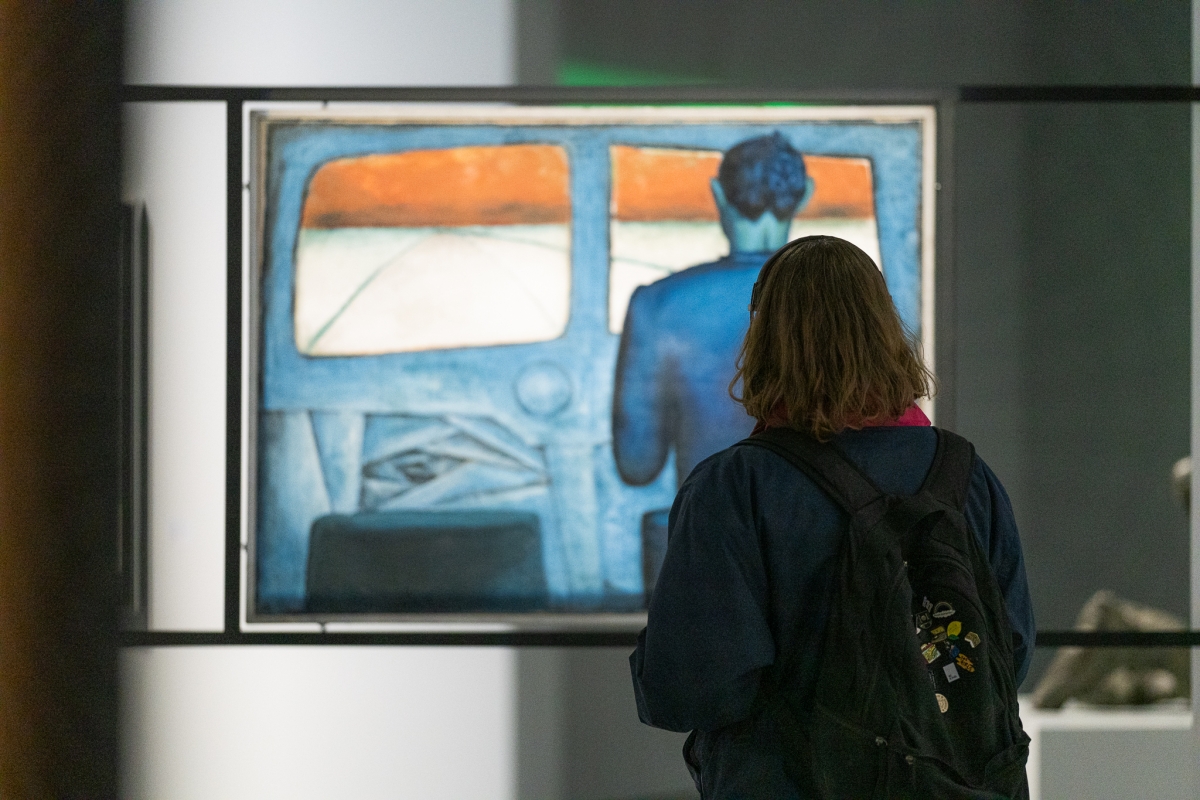
The exhibition ‘A Difficult Age. Szapocznikow–Wajda–Wróblewski’, MO Museum, 2021. Photo: Rytis Šeškaitis

The exhibition ‘A Difficult Age. Szapocznikow–Wajda–Wróblewski’, MO Museum, 2021. Photo: Rytis Šeškaitis

The exhibition ‘A Difficult Age. Szapocznikow–Wajda–Wróblewski’, MO Museum, 2021. Photo: Rytis Šeškaitis
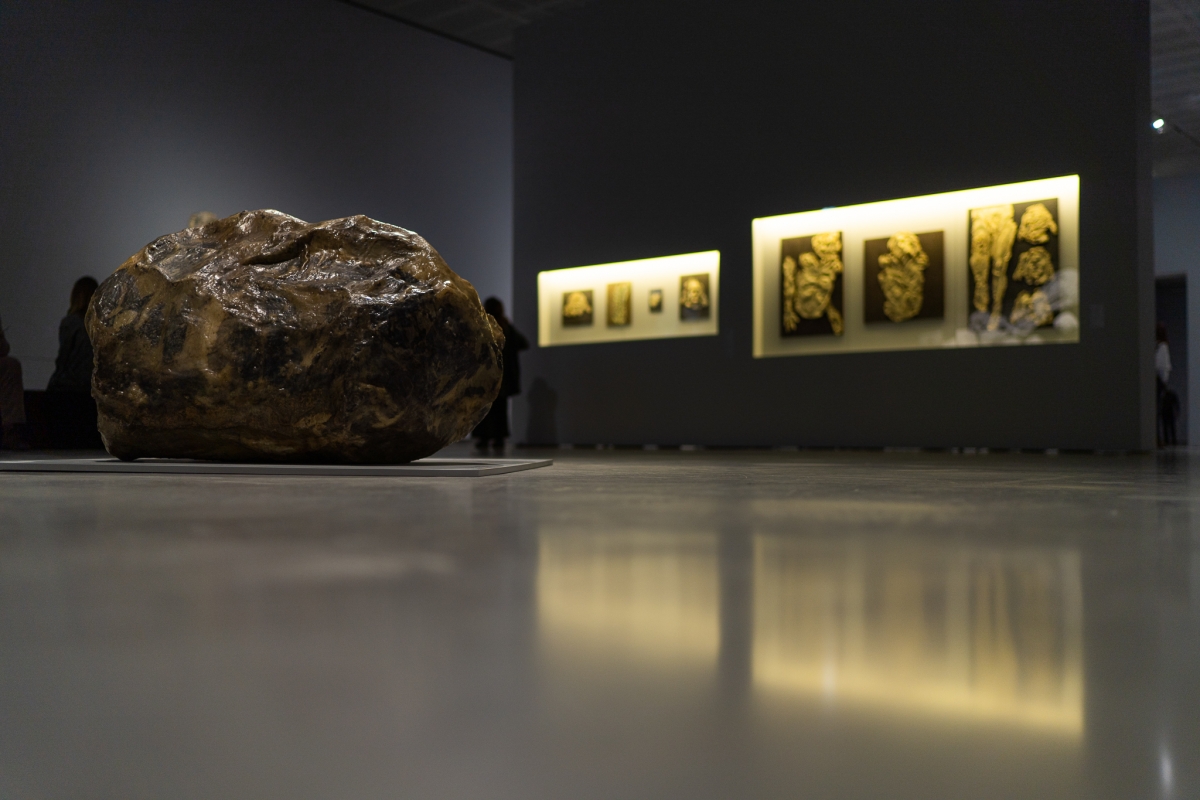
The exhibition ‘A Difficult Age. Szapocznikow–Wajda–Wróblewski’, MO Museum, 2021. Photo: Rytis Šeškaitis

The exhibition ‘A Difficult Age. Szapocznikow–Wajda–Wróblewski’, MO Museum, 2021. Photo: Rytis Šeškaitis

The exhibition ‘A Difficult Age. Szapocznikow–Wajda–Wróblewski’, MO Museum, 2021. Photo: Rytis Šeškaitis

The exhibition ‘A Difficult Age. Szapocznikow–Wajda–Wróblewski’, MO Museum, 2021. Photo: Rytis Šeškaitis

The exhibition ‘A Difficult Age. Szapocznikow–Wajda–Wróblewski’, MO Museum, 2021. Photo: Rytis Šeškaitis
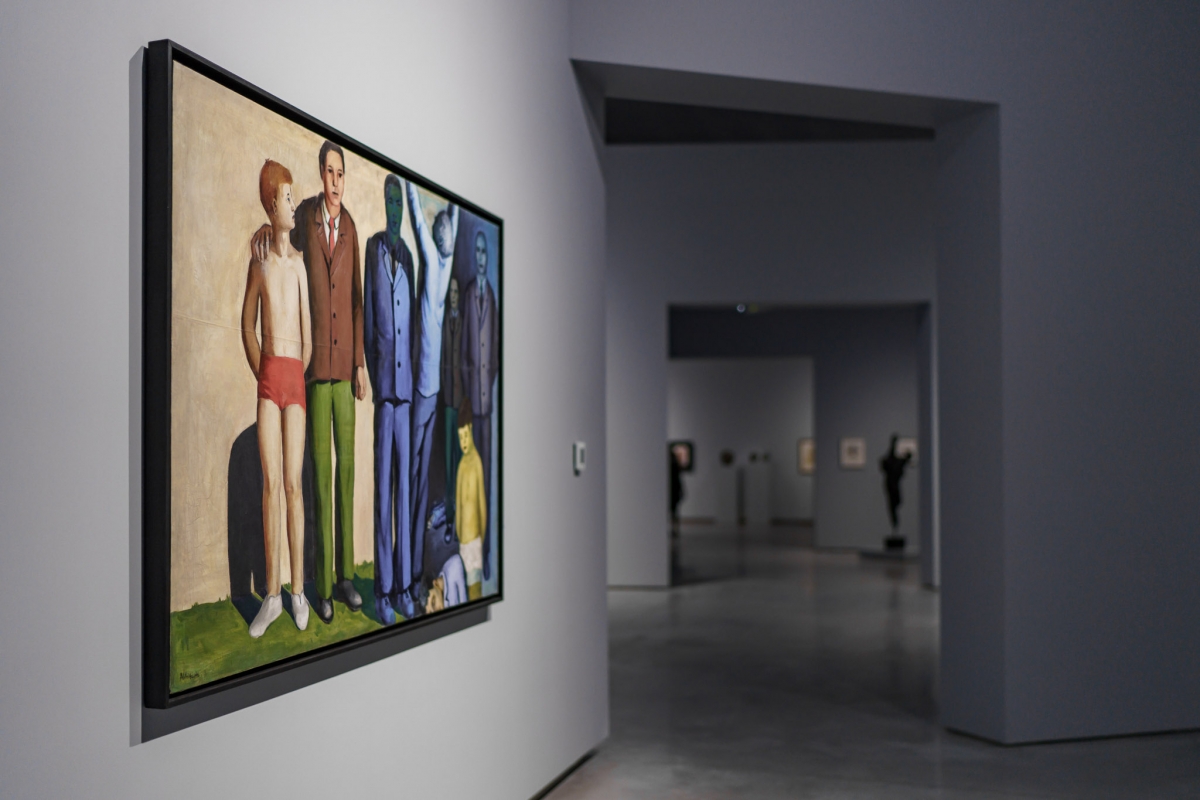
The exhibition ‘A Difficult Age. Szapocznikow–Wajda–Wróblewski’, MO Museum, 2021. Photo: Rytis Šeškaitis

The exhibition ‘A Difficult Age. Szapocznikow–Wajda–Wróblewski’, MO Museum, 2021. Photo: Rytis Šeškaitis
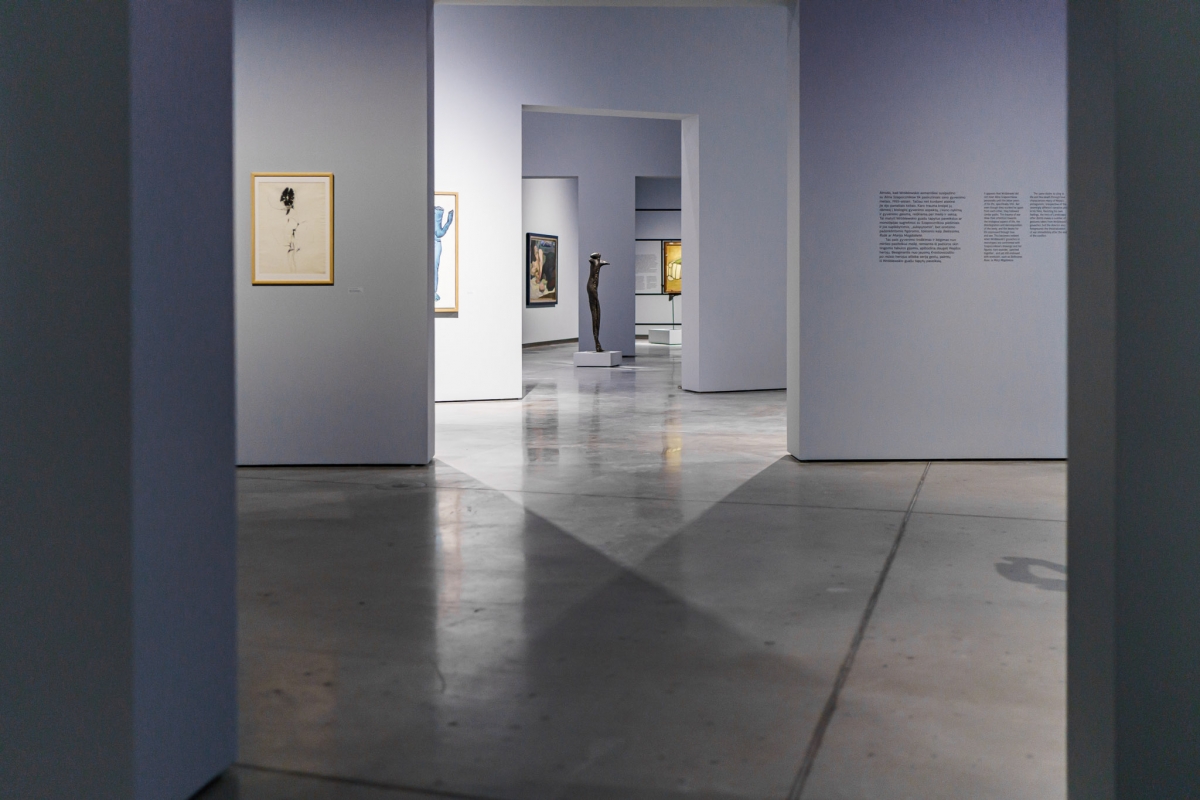
The exhibition ‘A Difficult Age. Szapocznikow–Wajda–Wróblewski’, MO Museum, 2021. Photo: Rytis Šeškaitis
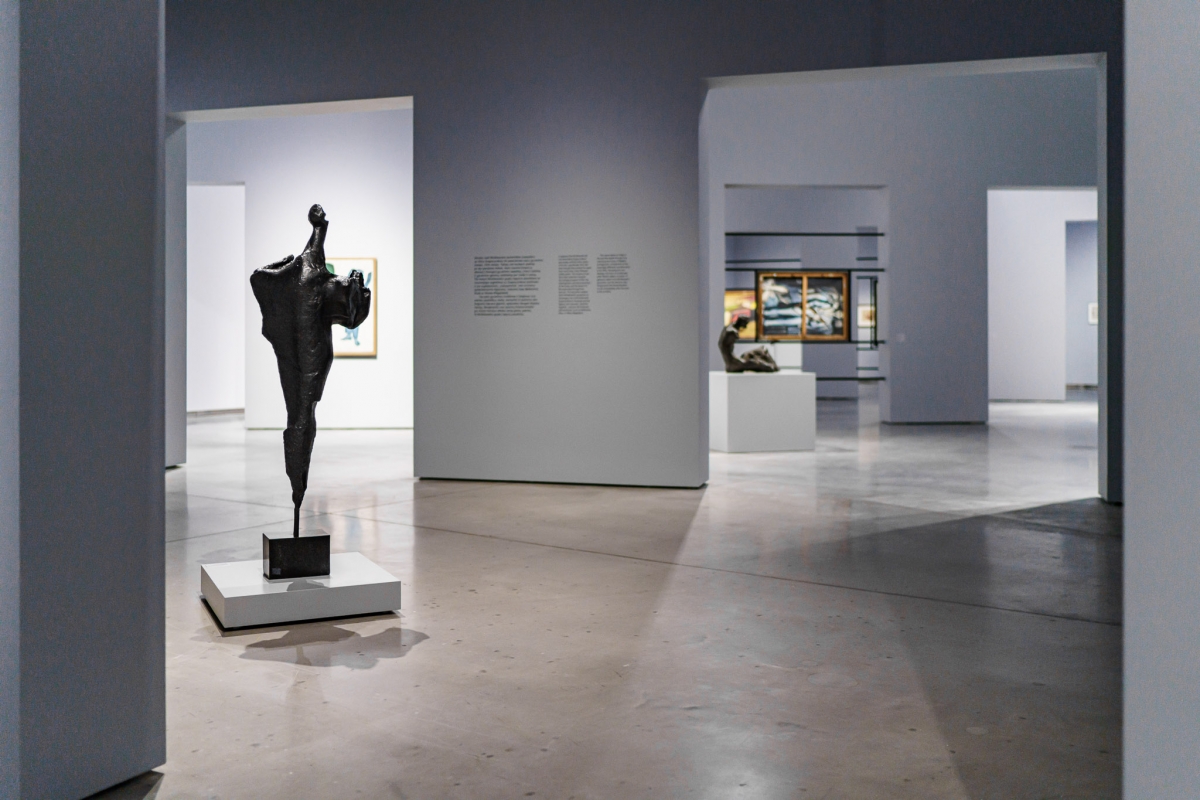
The exhibition ‘A Difficult Age. Szapocznikow–Wajda–Wróblewski’, MO Museum, 2021. Photo: Rytis Šeškaitis
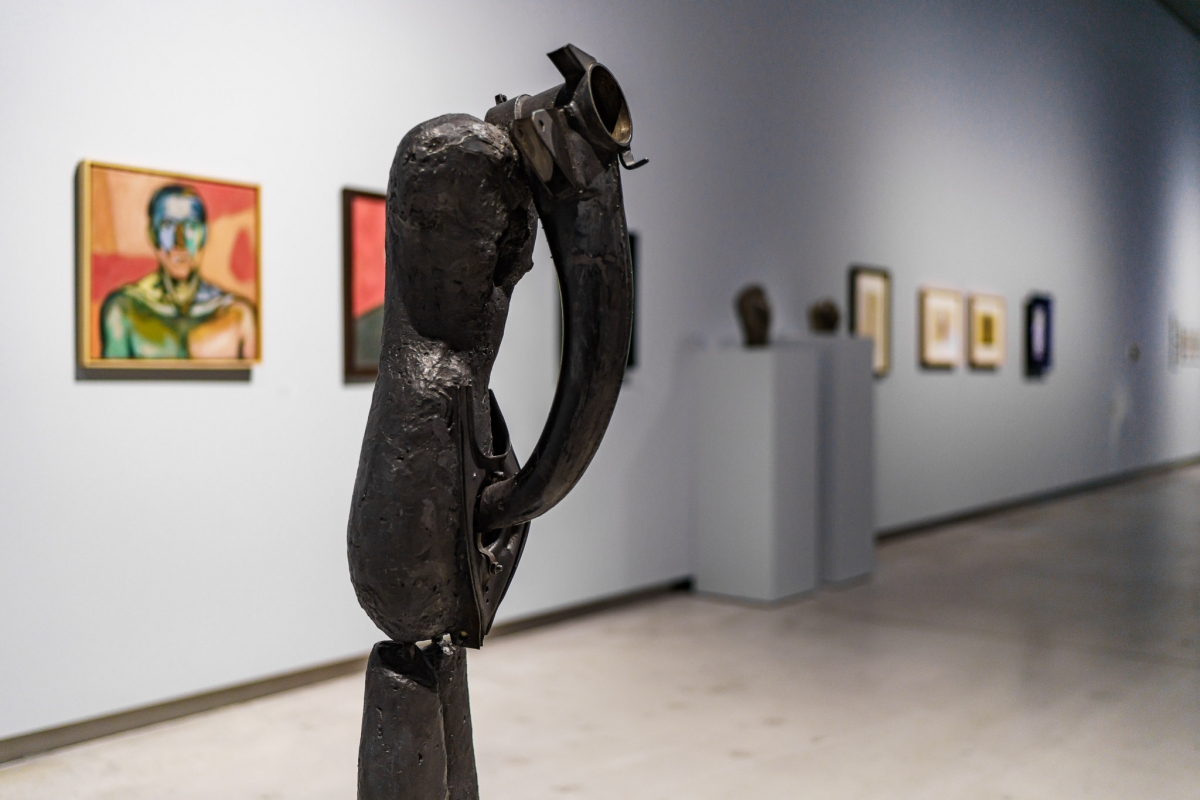
The exhibition ‘A Difficult Age. Szapocznikow–Wajda–Wróblewski’, MO Museum, 2021. Photo: Rytis Šeškaitis

The exhibition ‘A Difficult Age. Szapocznikow–Wajda–Wróblewski’, MO Museum, 2021. Photo: Rytis Šeškaitis
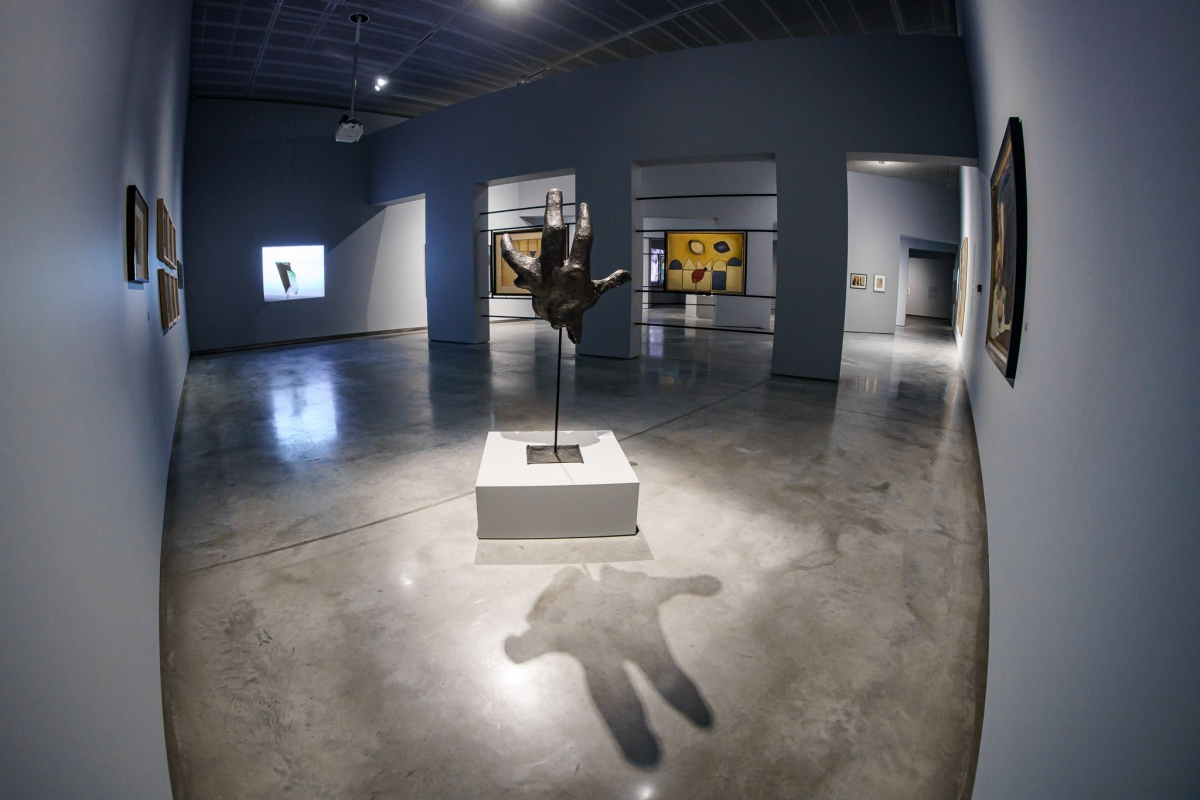
The exhibition ‘A Difficult Age. Szapocznikow–Wajda–Wróblewski’, MO Museum, 2021. Photo: Rytis Šeškaitis

The exhibition ‘A Difficult Age. Szapocznikow–Wajda–Wróblewski’, MO Museum, 2021. Photo: Rytis Šeškaitis

The exhibition ‘A Difficult Age. Szapocznikow–Wajda–Wróblewski’, MO Museum, 2021. Photo: Rytis Šeškaitis
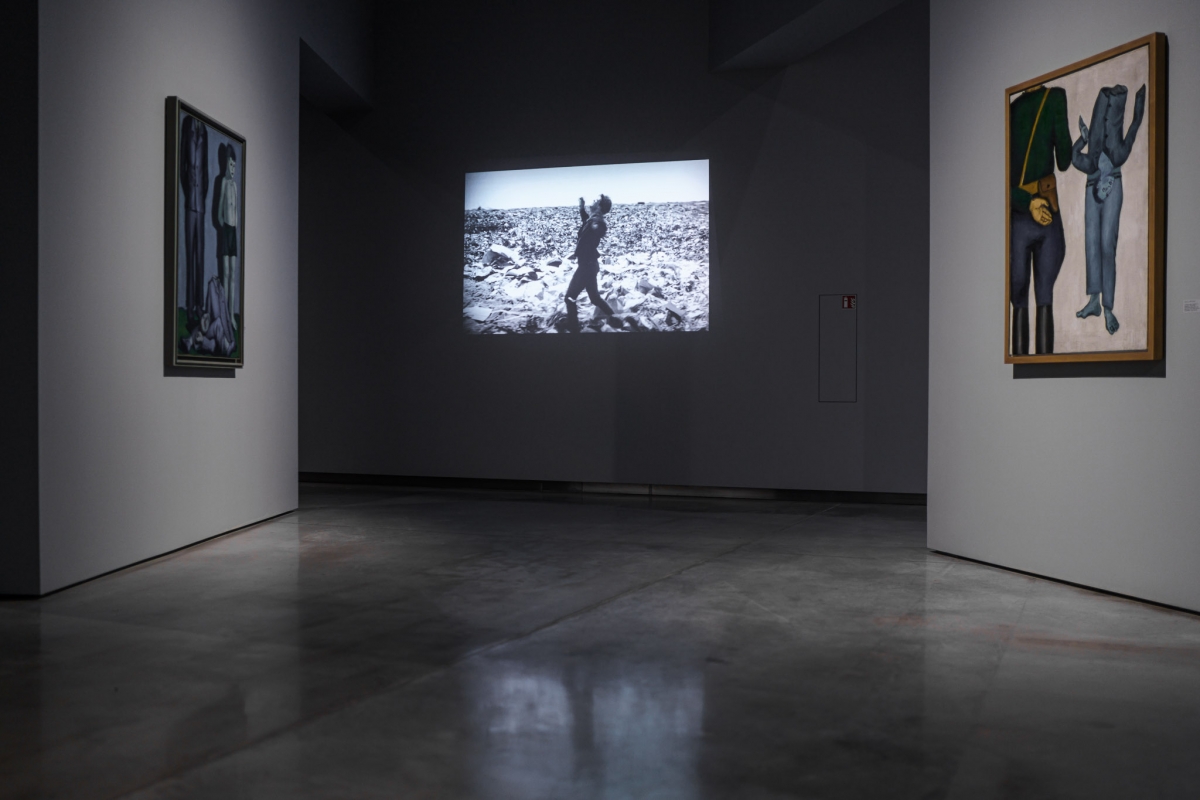
The exhibition ‘A Difficult Age. Szapocznikow–Wajda–Wróblewski’, MO Museum, 2021. Photo: Rytis Šeškaitis
